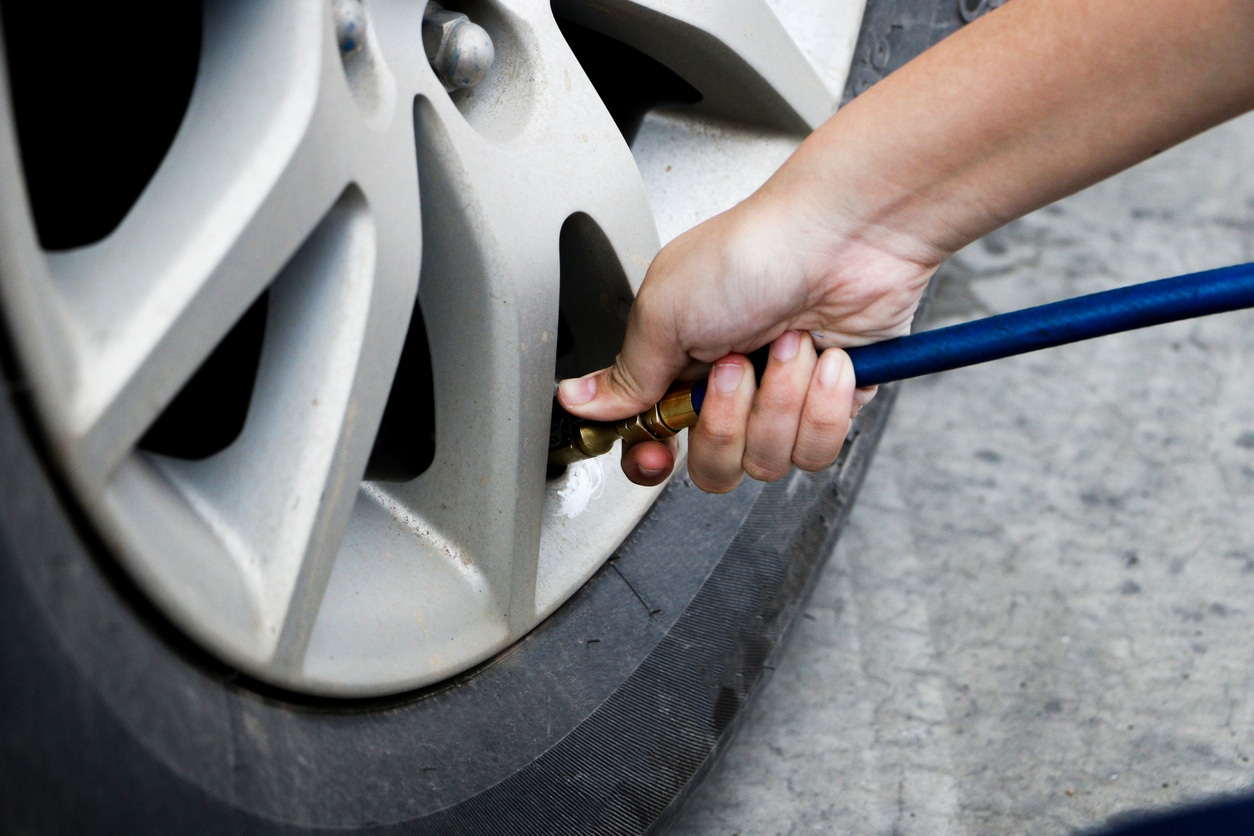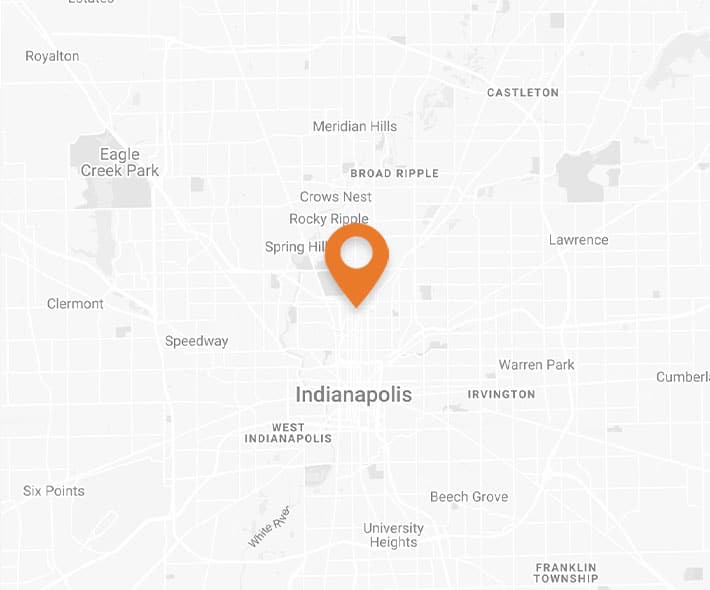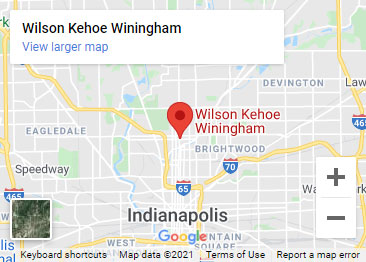Low Tire Pressure Accidents
The tire is one of the most important components of your car. It provides road traction, without which acceleration, steering, and braking is impossible. When your tires are degraded because of poor maintenance, so are your braking, steering, and handling abilities. Chronic neglect can also cause blowouts and loss of control of your car.
Maintaining Tire Pressure
Tire maintenance requires little more than maintaining its air pressure. But, in spite of its importance in car performance and motorist safety, tires are one of the most commonly neglected parts of a car. Because tires slowly lose air over time, tire neglect manifests itself as low air pressure. Low tire pressure affects your safety in several ways.
Increases Braking Distance
Under-inflated tires lose their shape, which affects traction. This means your car takes longer to stop—especially on wet pavement.
Diminishes Handling Ability
Low tire pressure reduces lateral traction, which degrades handling.
Reduces Tread Life
Under-inflated tires typically cause accelerated outer tread wear, which leaves only a narrow strip of good tread at the tire’s center. This loss of tire tread further increases braking distance and diminishes handling. In addition, the tires are more prone to hydroplaning in puddles at highway speeds.
Causes Tire Damage
Low inflation causes the sidewalls to flex more, which builds up excessive heat. The heat and flexing cause the rubber to separate from the reinforcing materials next to it. The rubber also fatigues and develops micro-cracks, weakening the tire and possibly causing a blowout.
A tire blowout of the left front wheel causes the car to veer hard to the left and into oncoming traffic. A front right tire blowout causes the car to veer off the right side of the road. A rear tire blowout may cause the vehicle to spin out of control.

Tire Inflation Tips
To maintain tire pressure, follow these tips:
- Don’t use the pressure indicated on the tire’s sidewall. It is a maximum pressure. Instead, use the pressure shown on a sticker inside the door frame or in the glove compartment. The pressure is also given in the owner’s manual.
- Use a quality pressure gauge.
- Don’t rely on the low-pressure warning light, which is set at too low a pressure.
- Never judge pressure by looking at the tire. By the time you notice a bulge in your tires, they are already under inflated by 50%.
- Check tire pressure while they are still cool. Your tire’s recommended pressure is a “cold” figure. Therefore, you should check your tire pressure in the morning before you drive. Subtract the actual pressure from the recommended pressure, and then add the difference once you reach a service station.
Driving with low tire pressure is a danger to everyone on the roadway.
Contact an Automobile Accident Attorney Today
If you or a loved one have been injured as a result of a car accident, contact the Indiana Auto Accident Attorneys of Wilson Kehoe Winingham. The lawyers at WKW can help you navigate insurance policies and get the compensation you deserve. Call 317.920.6400 or fill out an online contact form for a free, no-obligation case evaluation.
Table of Contents
Contact Us
Let WKW put our experience to work for you. Contact us for your free case evaluation.
Or, call us today at (317) 920-6400


